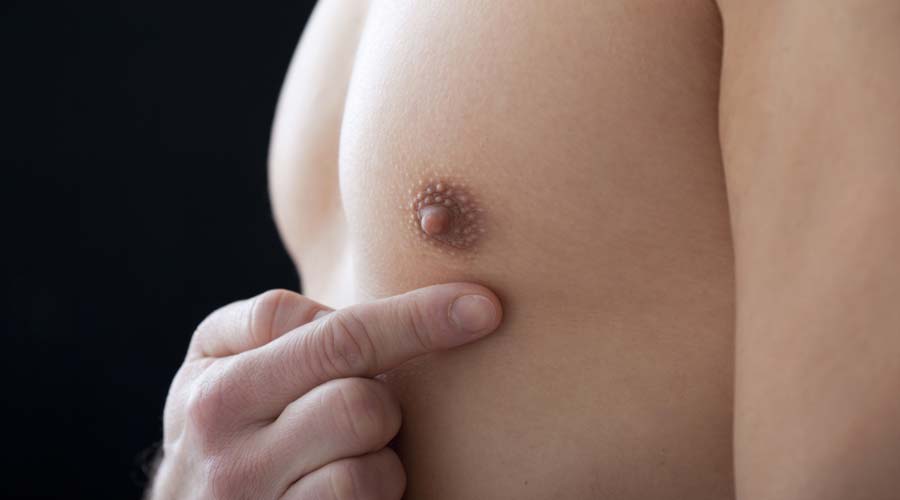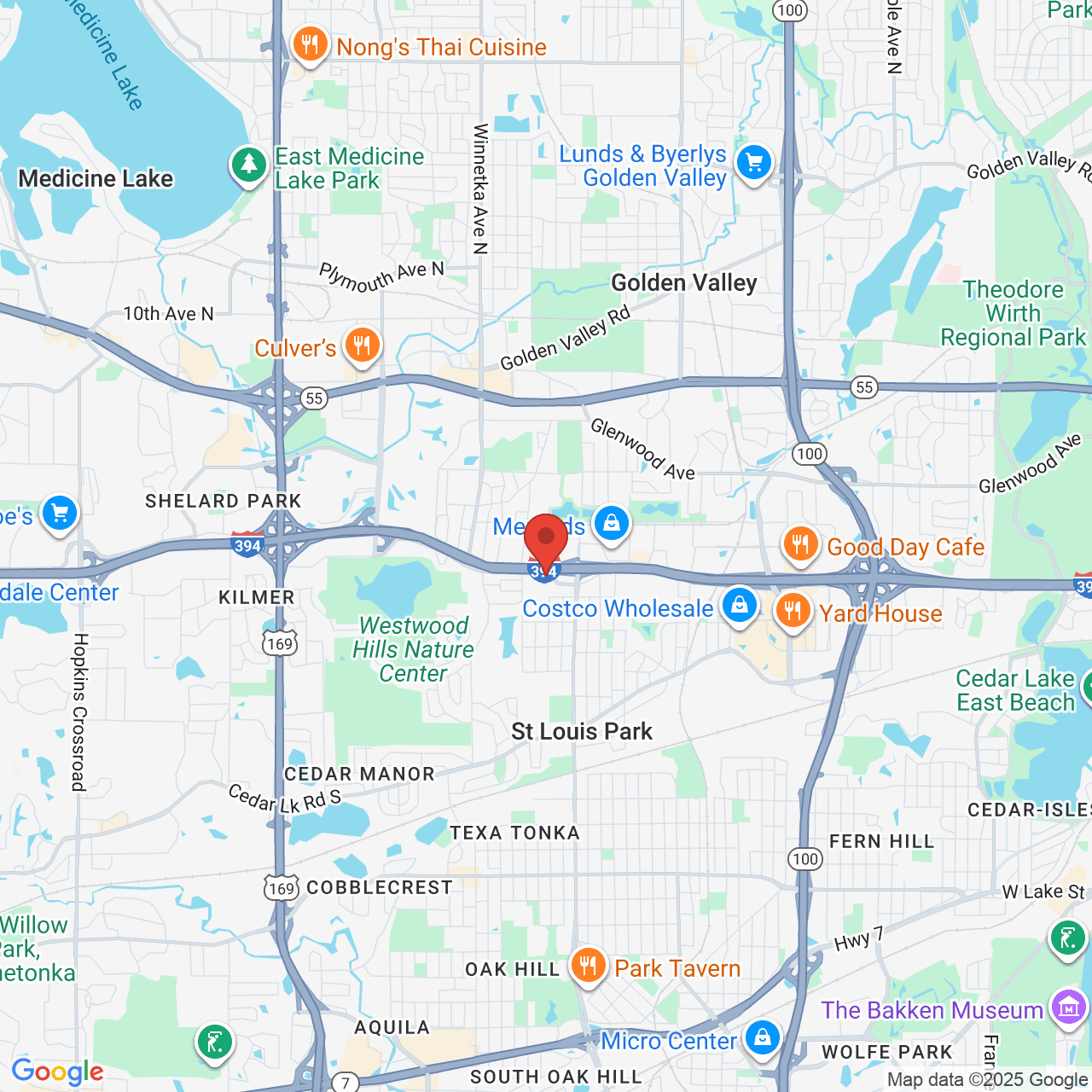Reclaim Confidence with Gynecomastia Treatment
If male breast tissue becomes inflamed or swollen, it can often leave men with enlarged breasts, a condition called gynecomastia. Dr. Gregory Mesna offers surgical and nonsurgical treatment in Minneapolis, MN, to both reduce the size of the male breast and treat underlying issues. Because excess breast tissue is so often tied to hormonal imbalances, a huge number of factors can contribute to gynecomastia, from puberty to unexpected side effects from medication.
While many cases of gynecomastia respond well to medication and nonsurgical treatments alone, some patients may elect to undergo procedures such as liposuction as well for optimal cosmetic enhancement. Dr. Mesna prides himself on the quality of his work and the satisfaction his clients derive from their results.
What is Gynecomastia?
Gynecomastia is a hormonal disorder that results in swollen breast tissue in boys and men. While some of the most common symptoms overlap with those of breast cancer, it is a non-cancerous condition. Consequently, gynecomastia is not typically a life-threatening issue so much as an uncomfortable one. It typically occurs in both breasts, directly under the nipple and is most often seen in infancy, puberty, and during one's fifties and sixties. In many cases, it is only temporary.
Enlarged breast tissue does not necessarily indicate gynecomastia. While some men may have substantial fat accumulated on their chests which may make it appear as if they have breasts, this is often a separate condition known as pseudogynecomastia. More seriously, swollen breast tissue can sometimes indicate male breast cancer.
While there are certain symptoms that differentiate these conditions - breast cancer in particular is usually only seen in a single breast - diagnosis from a medical professional can give patients a more concrete answer. If you have noticed tenderness or small lumps under the nipple that have not responded to diet or exercise, Dr. Mesna can provide an evaluation and either recommend appropriate treatment or refer you to a specialist.

What Causes Gynecomastia?
The endocrine system is a collection of glands responsible for producing the hormones that control and regulate our sleep, mood, metabolism, sex drive, and many other bodily functions. As a result, endocrine-related conditions and hormonal imbalances can manifest in many different ways. Gynecomastia, in particular, is the result of excessive estrogen, which is tied to the development of female organs.
Because hormones are tied to so many different systems in the body, a wide range of factors can contribute to hormonal imbalances. Some of the most best known include:
- Natural hormone changes in teens and newborns
- Prescription medications
- Testicular cancers
- Klinefelter syndrome
- Malnutrition
- Thyroid problems
- Obesity
- Illegal drug abuse
- Kidney failure
- Liver disease
Which of these many possibilities is responsible for a patient's gynecomastia is not always immediately obvious. Consultations with medical professionals can help narrow down the possibilities and identify the best option for treatment.
Expectations about appearances can weigh heavily on a person's mind. Consequently, discomfort with gynecomastia often leave patients feeling uncertain and self-conscious about the way they look. Gynecomastia treatment can help to ease these anxieties and bolster patient confidence once more.
Non-Surgical Treatment
Because gynecomastia in infants and teens is the result of natural hormonal changes, the body is usually able to balance itself out. Oftentimes, the condition subsides on its own. However, because adults' endocrine systems are usually stable, hormonal fluxes are more likely the result of an underlying condition that requires specific treatment. Fortunately, diet or lifestyle changes can have a substantial impact on such hormonal problems.
In most cases, gynecomastia is not physically harmful and is often simple to treat.
There are also a number of more formal treatment options for gynecomastia patients. Drugs such as selective estrogen receptor modulators (SERMs) block the effects of estrogen in the breast tissue by blocking its receptors. With no room to attach to the receptor, estrogen hormones have no way to communicate with the breast tissue. Until receptors are open to communication once more, the hormone cannot trigger breast tissue growth.
If your gynecomastia is accompanied by painful breast tissue, Tamoxifen is commonly recommended to ease discomfort. This specialized SERM drug is typically administered to prostate or breast cancer patients for long periods of time, but can effectively manage gynecomastia when prescribed for three to six months.
Surgical Procedures
Not every case of gynecomastia will respond to lifestyle modifications or medication. In some cases, Dr. Mesna may recommend the surgical removal of excess breast tissue, instead. Depending on your individual case, these surgeries may include:
- Subcutaneous mastectomy: During this procedure, excess tissue is removed through an incision under the breast which leaves the skin, areola, nipple intact.
- Liposuction-assisted mastectomy: With this surgery, liposuction is used to remove additional, smaller amounts of fat tissue and refine the results of your excision.
- Laser-assisted liposuction: The heat from a laser can melt the excess fatty tissue, which allows the doctor to more easily perform liposuction. Undergoing this minimally invasive procedure can also reduce recovery time and scarring.
Which surgery is best suited to you will depend on your medical needs. Dr. Mesna can recommend the best combination for your treatment during your initial consultation.
Candidacy
Because surgical intervention is such an invasive option, Dr. Mesna must consider a number of factors before recommending gynecomastia correction surgery. Patients must be in good overall health, must possess good skin elasticity, and should not currently take anabolic steroids or drink alcohol on a regular basis. In many cases, patients with obesity-related gynecomastia may not be candidates for surgical correction. Dr. Mesna can determine whether you are a suitable candidate for surgical or nonsurgical treatments during a consultation at his office.
Learn More About Your Options
In most cases, gynecomastia is not physically harmful and is often simple to treat. With the right diet and lifestyle, gynecomastia may even subside on its own. Whatever the case, the first step is to contact Dr. Mesna and schedule a consultation. As the doctor evaluates your case, he can develop a treatment plan that will deliver the most effective solution for you.







